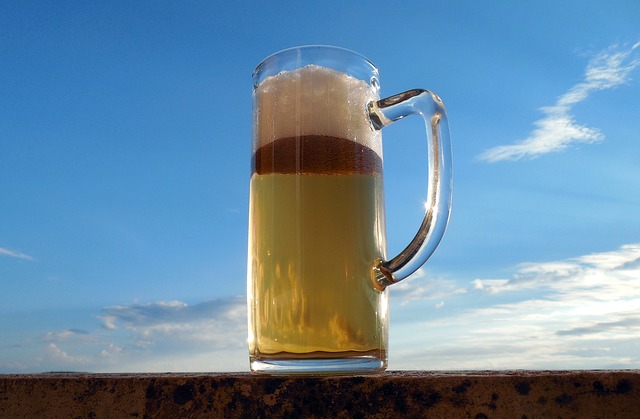As the number of American craft breweries continues to grow, consumers have seemingly endless options to satisfy their craving for inventive, small batch beers brewed with an emphasis on flavor and technique. Although the battle for space on shelves and beer menus is increasing as more brewers enter the market, craft brewers are still set up for success thanks to evolving state regulations that make it easier to operate a small brewery and consumers’ unquenchable thirst for craft brews. Despite the fact that breweries have been opening at the rate of almost two per day for the last few years, there is still room for growth, according to Bart Watson, chief economist for the Brewers Association. “The growth in breweries makes sense given the number that current market demand could support,” he wrote in a blog post last month.
As craft beer continues to establish itself as more than just a trend or a bubble in danger of bursting, big brewers are making a play for the craft market by adding small brands to their portfolios or expanding their product lines to include more innovative brews.
Mega brewers buy up small brands
New breweries are opening at a rapid rate, and large brands are rushing to acquire or invest in the small companies in a pattern that mirrors the current state of the food industry, with established brands looking to startups for future growth. Last year, at least 24 transactions took place in which large companies bought or invested in small breweries, according to Brewbound. Anheuser-Busch InBev kicked off a spree of craft acquisitions in 2011 when it acquired Chicago’s Goose Island. The company has since acquired more than a half-dozen others, including Elysian Brewing, Breckenridge Brewing and Devil’s Backbone Brewing. MillerCoors recently purchased a majority stake in both Hop Valley and Terrapin Beer Co.
The allure of these deals for behemoths like MillerCoors and AB InBev is obvious, since they add beloved regional brands to their portfolios and get to capitalize on the creativity of master brewers. These deals can also be beneficial to small brewers, which get funding and an increased distribution network that increases the reach of their brand. However, consumers can have negative feelings about buying “craft” beer from big companies, Brewers Association Director Paul Gatza said during the State of the Industry session at the Craft Brewers Conference earlier this year, Drink Up Columbus reported. “Craft authenticity is somewhat affected when customers feel duped, and I’m worried [these acquisitions] may affect the amount of craft beer customers want to drink overall when they don’t know what’s craft and what’s not craft,” Gatza said.
Big brewers think small
Another option for big brewers looking to capture the attention of discerning beer drinkers is to innovate, or in some cases simply imitate what small brewers are doing. Shortly after “nitro” became a buzzword in the beer community, Boston Beer Company’s Samuel Adams launched its Nitro Project. Released earlier this year, the line of beers comes in cans with widgets that release nitrogen, giving the beer a creamy texture. The Nitro Project was a result of Samuel Adams’ Nano-Brewery, a beer laboratory where brewers experiment with flavors and aging techniques.
Brewery manager Jennifer Glanville believes that constant experimentation will help Samuel Adams stay ahead of the curve and deliver the variety that today’s beer drinkers crave. “People come to us because they trust the quality of our product,” she told Fast Company magazine. “We just need to keep giving them new flavors to try.”
Looking beyond beer
In addition to acquiring small beer brands and launching new products, some big beer companies are looking outside the beer category for growth. After Pabst Brewing Co. found success last year with its Not Your Father’s Root Beer, MillerCoors jumped on the hard soda bandwagon with its Henry’s Hard Soda line. This month, MillerCoors released Zumbida, a mango-flavored drink inspired by Mexican agua frescas.
Several large beer companies are investing in seltzers, which started gaining popularity in the soft drinks market as a sugar-free alternative to soda before some manufacturers decided to capitalize on the popularity of the fizzy waters by adding alcohol. Boston Beer Company announced plans earlier this year to bring its line of Truly Spiked & Sparkling hard seltzers nationwide. AB InBev announced this month that Boathouse Beverage, maker of SpikedSeltzer, will join its High End division, which includes Goose Island and other craft beer acquisitions.
__________________________________________________
If you enjoyed this article, join SmartBrief’s email list for more stories about the food and beverage industry. We offer 17 newsletters covering the industry from restaurants to food manufacturing.
